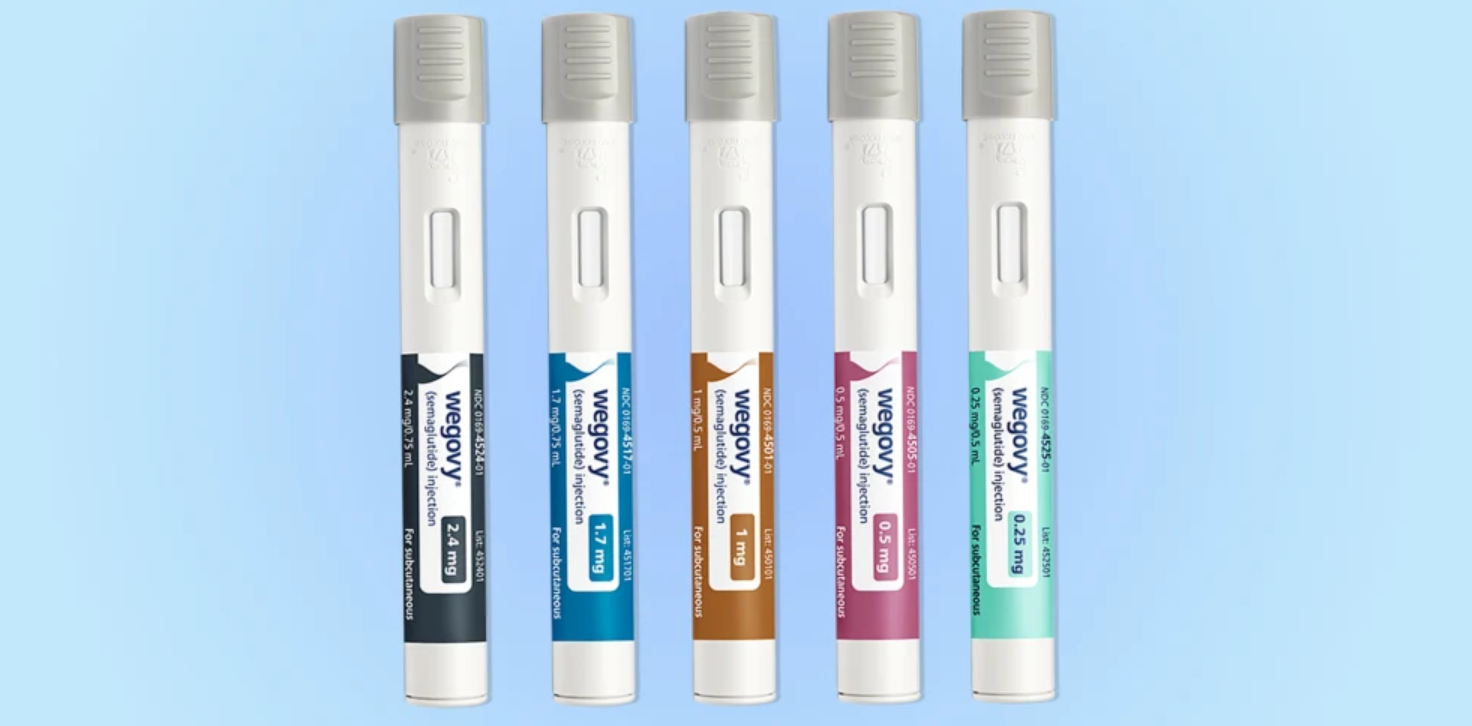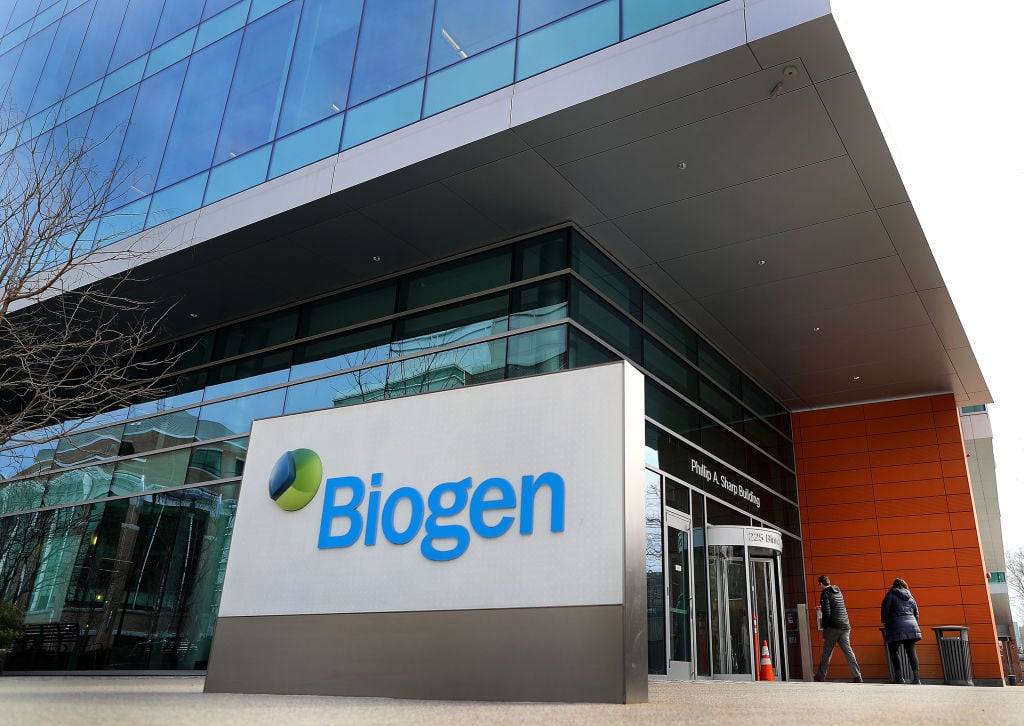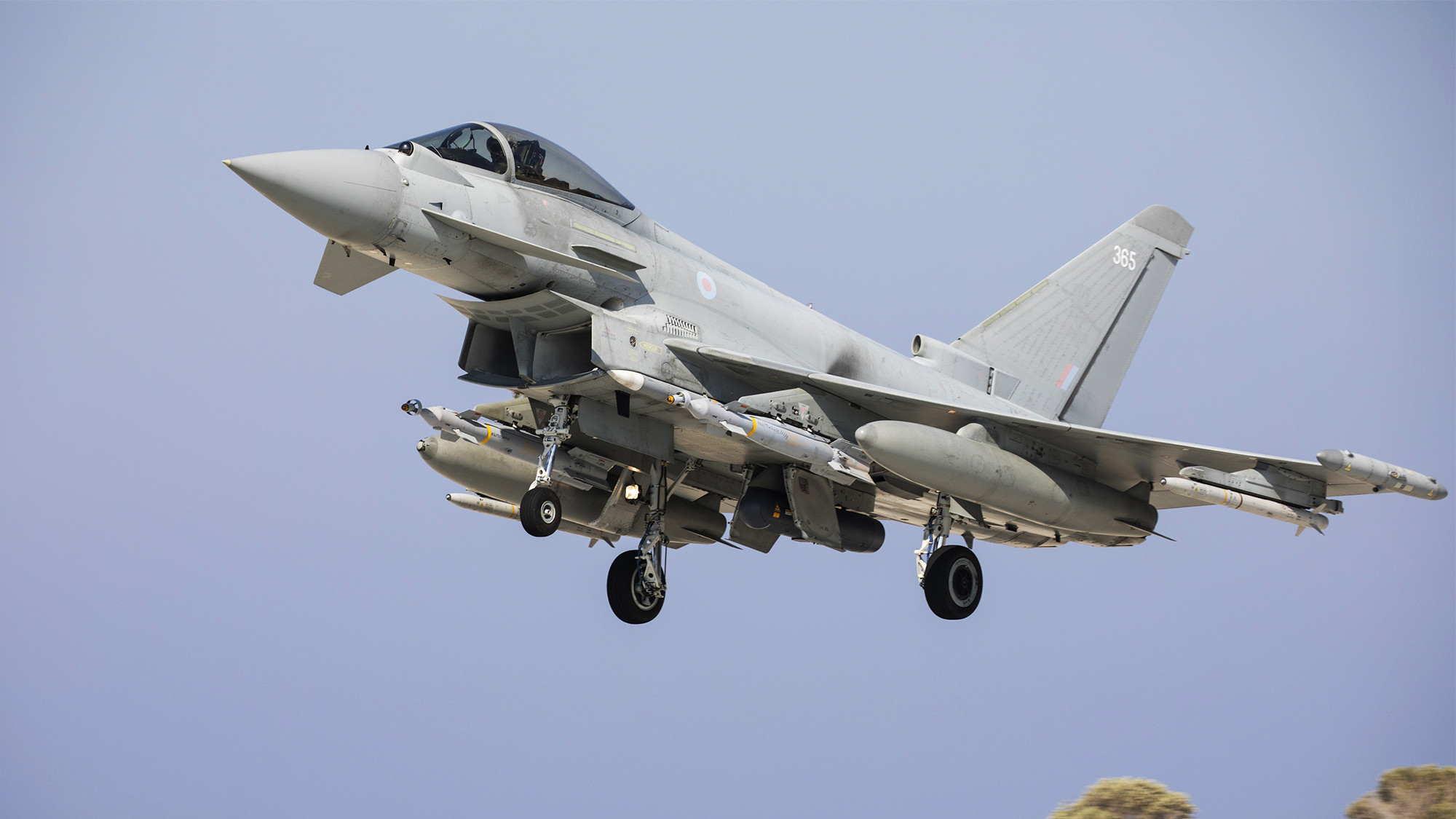XPO sees runway to higher margins even if downcycle lingers
Less-than-truckload carrier XPO reiterated its outlook for margin improvement in 2025 even if the economy doesn’t cooperate. The post XPO sees runway to higher margins even if downcycle lingers appeared first on FreightWaves.

Less-than-truckload carrier XPO has improved margins through the downturn while the rest of the industry has struggled. The Greenwich, Connecticut-based LTL carrier said Wednesday it isn’t backing off its outlook for further improvement this year even as a trade war threatens to extend a downcycle already long in the tooth.
XPO (NYSE: XPO) reported adjusted earnings per share of 73 cents for the first quarter, 8 cents better than the consensus estimate but 8 cents lower year over year. (The adjusted EPS number excluded transaction and restructuring costs.)
Shares of XPO reacted positively to the news, up 6.8% at 11:58 a.m. EDT on Wednesday compared to the S&P 500, which was down 1%. Investors were fearing the company may need to reel in prior forecasts as tariff uncertainty overhangs the macroeconomic environment and concerns of a recession mount. (Shares of XPO are off 20% year to date in what has been a tough year for the space.)
XPO has recorded 370 basis points of margin improvement over the past two years, a period that largely coincides with a recession in the industrial sector, which accounts for two-thirds of its LTL revenue. The company reiterated its adjusted operating ratio (inverse of operating margin) guidance of 150 bps of improvement for full-year 2025 even though much has changed since it was issued in early February.
The original guide assumed no tonnage growth while the new guide factors in a modest decline. XPO said that even if tonnage fell by a mid-single-digit percentage in 2025, the company expects to book 100 bps of margin improvement in the year.
The bullish outlook is largely predicated on its ability to capture above-market rate increases as it improves its service offering, which is allowing it to close the pricing gap it has with peers.

Yield growth outpacing the industry
XPO’s LTL unit reported a 4% y/y revenue decline to $1.17 billion (down 3.3% y/y on a per-day basis). Tonnage per day was down 7.5%, partially offset by a 4.5% increase in revenue per hundredweight, or yield. Yield was 6.9% higher excluding fuel surcharges.
The company previously said its yield initiatives represent a double-digit pricing opportunity.
Service enhancements are an integral component in raising rates. XPO’s on-time performance improved for a 12th straight quarter in the recent period, and its damage claims ratio was 0.3%, hovering near an all-time low.
It added 2,500 local accounts during the quarter (10,000 were added last year), mostly small and midsize businesses that can’t afford to miss deadlines. Pricing and margins for this group tend to be higher than those at the large, national accounts. The local channel saw volumes increase by a mid- to high-single-digit percentage in the quarter with double-digit growth recorded during April.
The goal is to grow this segment to roughly 30% of revenue from a low-to-mid-20% contribution rate currently.
Roughly 11% of its LTL revenue came from premium or accessorial charges in the quarter. That’s up from 9% to 10% more recently. The goal is to raise that level to 15% as XPO eyes further capture of trade show and other time-definite freight.
Revenue per shipment (excluding fuel surcharges) has increased in each quarter for the past two years. The 6.9% yield increase in the first quarter was on top of a 9.8% increase a year ago, producing a 16.7% two-year-stacked increase. Yields have increased by double digits on a two-year-stacked comparison for nine straight quarters.
Lower shipment weights through the industrial recession have been a tailwind to the pricing metric. At some point, the company will need to see heavier shipments, which typically come from manufacturing customers, to continue to push margins higher.
XPO said it expects revenue per shipment and yield to improve sequentially through the remainder of the year. Contract renewals averaged a mid- to high-single-digit increase in the quarter. The second-quarter guidance calls for yield (excluding fuel) to be up by a similar percentage (plus-6.9%) as the first quarter.
The industry usually prices freight 100 to 200 bps above cost inflation, and XPO sees a long runway to achieve superior pricing as its service is catching up with competitors.

Tonnage comps provide some cover to outlook
While margin guidance contemplates a modest tonnage decline, XPO’s prior-year comps offer some cover.
The 7.5% per-day tonnage decline in the quarter was the combination of a 5.8% decline in daily shipments and a 1.7% dip in weight per shipment. Tonnage was down 8.5% y/y in January, down 8.1% in February and down 6% in March against a tough comp (plus-5.9% in March 2024). Preliminarily, tonnage is down 5.7% y/y in April, with the full quarter expected to shake out in a similar range assuming normal seasonality, management said.
The two-year-stacked comps likely bottomed in January (down 9.6%). March was roughly flat while April is off 2.6%. However, the prior-year comps get easier in the back half, largely ranging from negative-4% to negative-8%.
A recent internal survey showed XPO’s customers are now expecting flattish demand in the back half of the year versus a prior query that returned an expectation for some acceleration. Sentiment among the carrier’s industrial-focused shippers was better than its retail shippers.
Management pushed back on the narrative that LTL is losing shipments to truckload. It said only 0.5% of its shipments are greater than 15,700 pounds, which it views as at risk for TL conversion. Even if TL spot rates are sub-$2 per mile, it gets expensive. XPO’s average length of haul was 846 miles during the quarter, but its average revenue per shipment was just $384.
Cost, efficiency initiatives supporting margins
The LTL segment reported an 85.9% adjusted OR, 20 bps worse y/y but 30 bps better sequentially. The result outperformed the normal seasonal trend of 50 bps of sequential margin degradation.
Purchased transportation expense was reduced by 53% y/y (down 320 bps as a percentage of revenue). Outside linehaul miles declined to 8.8% of total linehaul miles, a 940-bp y/y reduction. Linehaul insourcing gives XPO 5% to 6% more physical space as it’s pulling two 28-foot pup trailers versus the one 53-foot trailer third parties carry.
XPO has added more than 5,000 tractors and 16,000 trailers to reduce its reliance on third-party operators. The equipment additions have also lowered the average fleet age, reducing maintenance expenses. (XPO reported a 5% reduction in maintenance costs per mile in the quarter.)
The company also has other AI-enabled programs in place to continue to drive route plan, driver and dockworker efficiencies. It said the opening of 25 new terminals last year provided the company more space to operate, allowing it to provide better service to customers.
XPO has several cost levers to pull if the economy takes a step lower. Roughly two-thirds of expenses are variable and can be adjusted to match volumes.
The company normally sees 250 to 300 bps of OR improvement from the first to the second quarter. It expects to perform at the high end of that range this year, implying an 83% OR, 20 bps better y/y.
XPO’s European transportation segment reported a 1.9% y/y decline in revenue to $782 million. It recorded an adjusted earnings before interest, taxes, depreciation and amortization margin of 4.1%, which was 70 bps worse y/y.
Cash flow from operations of $142 million helped push liquidity to $811 million. Net debt leverage was 2.5 times trailing 12-months adjusted EBITDA, down from 2.9 times in the year-ago quarter.
More FreightWaves articles by Todd Maiden:
- ArcBest says LTL pricing not under attack
- Landstar quantifies suspected fraud event, delays Q1 report
- Saia’s shares sag 30% as tariffs tank demand, exacerbate growing pains
The post XPO sees runway to higher margins even if downcycle lingers appeared first on FreightWaves.




















































































































































![Southwest’s Free Wi-Fi Trial Could Backfire—Here’s Why [Roundup]](https://viewfromthewing.com/wp-content/uploads/2025/04/southwest-airlines-jet.jpeg?#)



